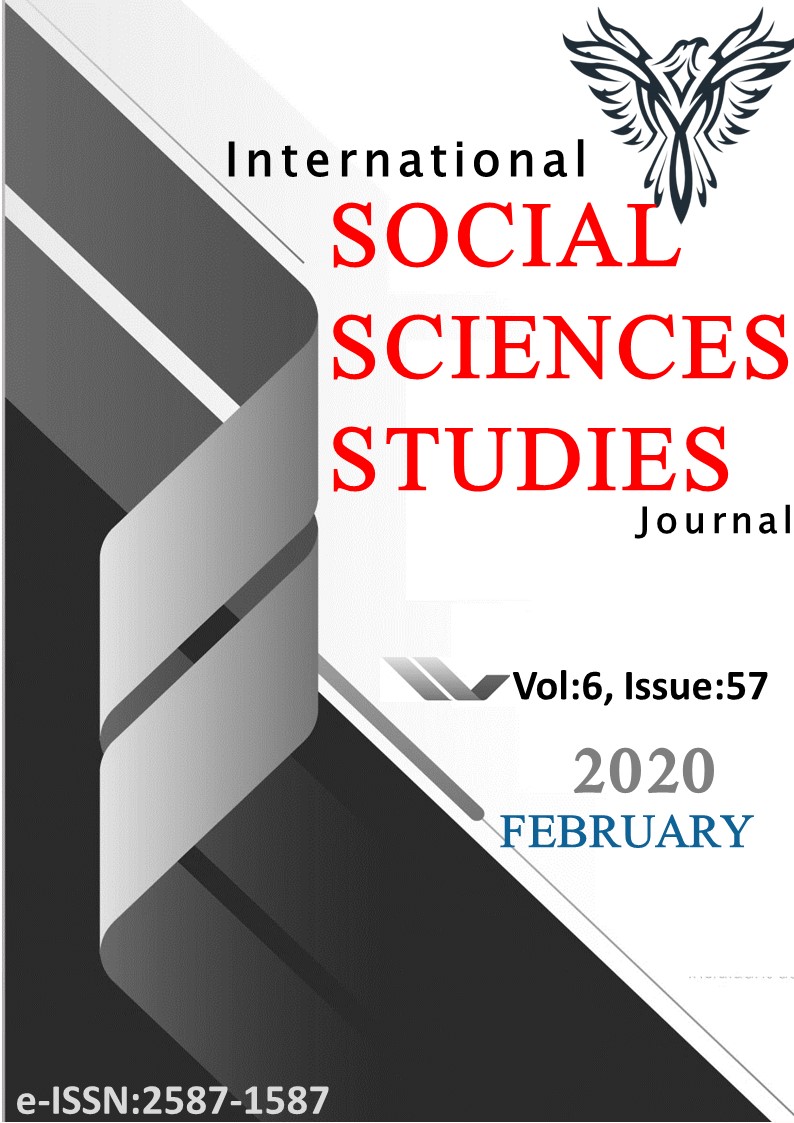Author :
Abstract
Camaltı resim geleneksel bir halk resmi türüdür. Gerek teknik olarak, gerek içerik bakımından klasik resim ve klasik cam sanatı anlayışından farklı bir üsluba sahip olan bu teknik, Anadolu, Hindistan, Avrupa gibi pek çok coğrafyada örnekler vermiştir. Geleneksel örneklerinde din, doğa ve mitleri konu alan camaltı resmi, yirminci yüzyılla birlikte alanlarında tanınmış sanatçılar tarafından da çeşitli sebeplerle denenmiş ve uygulanmıştır. Kimi sanatçı bu çalışmalarda geleneksel tekniklerden şaşmazken, kimi de farklı malzemeleri bu teknikle birlikte uygulamıştır. Her ne kadar teknolojinin gelişimi ile çağdaş sanat dijital bir doğrultuda ilerlese de; klasik ve geleneksel tekniklerle bağını koparmayan sanatçılar farklı malzemelerin kullanımını üretim süreçlerine dâhil etmektedirler. Literatür taraması sonucunda elde edilen veriler üzerinden şekillenen bu çalışmada, örneklem geleneksel ve çoğu anonim olan çalışmalar, farklı alanlarda üretim yapan sanatçıların camaltı resim örnekleri ve camaltı resmi yeniden yorumlamış çağdaş sanat örneklerinden oluşmaktadır. Bu bağlamda, çalışmanın amacı, geleneksel bir yöntem olan camaltı resminin yeniden ele alınması, hatırlatılması ve yeni nesil malzemeler ile yorumlanarak bir üretim yöntemi olarak yeniden kullanımının sağlanmasıdır. Çalışmada bu teknik ile üretilmiş halk sanatı örneklerinin yanı sıra, ünlü ressamların camaltı resimlerinden örnekler ve çağdaş sanat içinde kendine yer edinmeye başlayan camaltı örneklere yer verilerek tekniğin ne denli geliştirilebilir ve uygulanmaya devam edilebilir olduğu gösterilmek istenmiştir.
Keywords
Abstract
Underglass painting is a traditional type of folk painting. This technique, which has a different style from the classical painting and classical glass art understanding both technically and in terms of content, has given examples in many geographies such as Anatolia, India and Europe. The underglass painting, which deals with religion, nature and myths in its traditional examples, was tried and applied by well-known artists in the early twentieth century for various reasons. While some artists adhered to traditional techniques in these works, others applied different materials with this technique. Although contemporary art progresses in a digital direction with the development of technology, the artists who do not lose their ties with classical and traditional techniques incorporate the use of different materials into their production processes. In this study, which is based on the data obtained as a result of the literature review, the sample consists of traditional and mostly anonymous works, examples of underglass paintings of artists producing in different fields, and contemporary art samples reinterpreting the underglass painting. In this context, the aim of the study is to reconsider the traditional glass method, to remind it and to reuse it as a production method by interpreting it with new generation materials. In the study, besides the folk art samples produced with this technique, it is aimed to show how the technique can be developed and continued to be applied by including examples from the underglass paintings of famous painters and underglass samples that started to take place in contemporary art.





